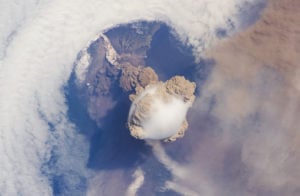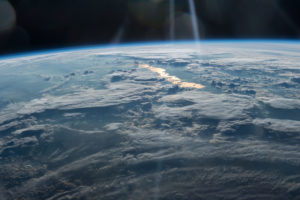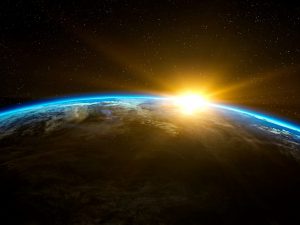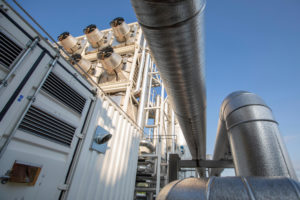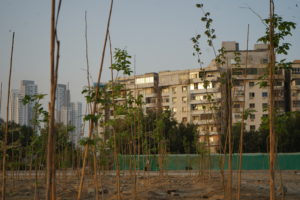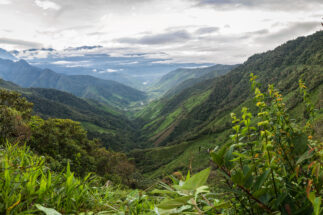Most research into solar geoengineering as a way to temporarily ward off global warming currently takes place in the developed world. One of the leading projects is Harvard University’s SCoPEx, which aims to study the effects of releasing aerosols (tiny particles) into the stratosphere. Its first balloon test flight was due to take place in Sweden in June but was recently called off in response to opposition from local indigenous and environmental groups.
What is solar geoengineering?
Also known as solar radiation management, solar geoengineering describes techniques that aim to reflect sunlight away from the planet to reduce warming. One of the main techniques is stratospheric aerosol injection, which is the use of aircraft, rockets or balloons to spread clouds of aerosols such as sulphur dioxide into the high atmosphere. This could temporarily cool the planet as very large volcanic eruptions have in the past.
The work of our two interviewees is helping to redress this Western-orientated balance somewhat. Led by John Moore at Beijing Normal University’s College of Global Change and Earth System Science, China’s geoengineering research programme is one of the field’s largest state-funded projects. With a focus on modelling the impacts of technological methods to reduce global warming as well as related policy and governance issues, the core project ran from 2015–19, but research is still ongoing with continued funding until at least 2022.
Read more
Want the full picture? Explore our geoengineering hub to read more about this topic.
In Japan, scientists are contributing to another important focus of current research – the need for wider public engagement as a basis for governing geoengineering. For Masahiro Sugiyama at the University of Tokyo, solar geoengineering is something that will affect everyone, and as such, the opinions of peoples in all parts of the world should be sought.
John Moore: Beijing Normal University & University of Lapland
Professor Moore is a British glaciologist and climate change scientist currently based at the University of Lapland while also continuing to lead China’s geoengineering research programme from Beijing Normal University. His work in Beijing has fed into his interest in the cryosphere (frozen parts of the world) and using regional techniques targeted at preventing some of the most catastrophic impacts of climate change. He argues that solar geoengineering is one of the only tools we will have to hold off global warming while we carry out the long-term task of reducing CO2 in the atmosphere.
Masahiro Sugiyama: Institute for Future Initiatives, The University of Tokyo
Associate Professor Sugiyama’s research focuses on climate change mitigation and climate and energy policies. He has been active in boosting public engagement with the issues surrounding solar geoengineering, conducting surveys to ascertain public opinion in the Asia Pacific region. He argues that solar geoengineering should be seen as a measure of last resort, stressing that our main focuses should be deep mitigation and climate change adaptation. Nevertheless, he points out that we currently know too little about solar geoengineering to properly understand the risks involved, and as such, research should continue.
Production credits
Produced by Lizi Hesling
Edited by Steve Lunt
Research by Marta Portocarrero
Copyright notice
These videos are released under the Creative Commons Attribution-NonCommercial-NoDerivatives 4.0 International (CC BY NC ND) licence. They can be republished as part of this article, but not independently of it. No changes or derivatives can be made.
